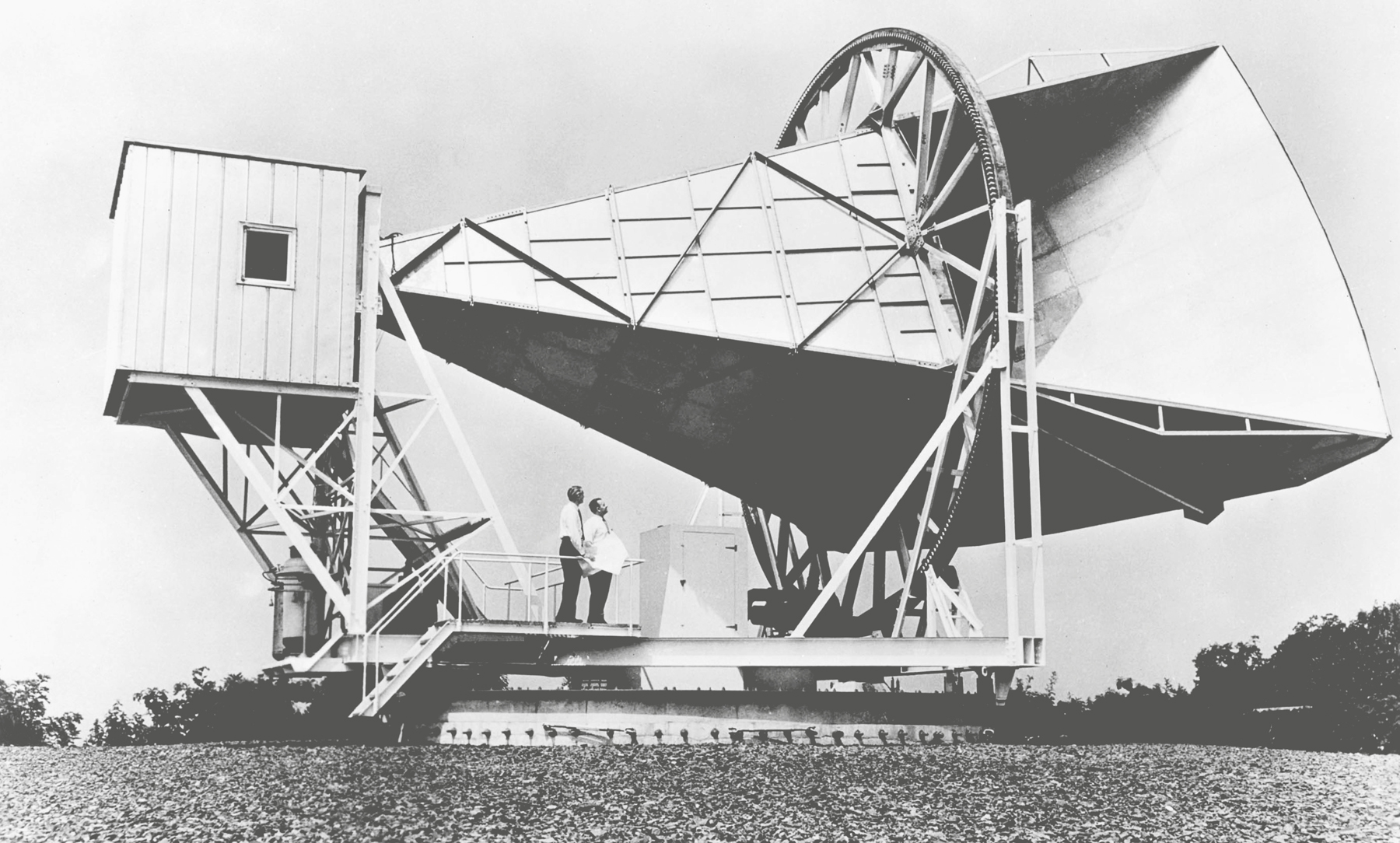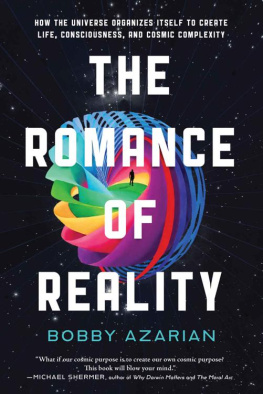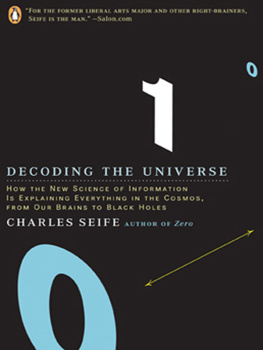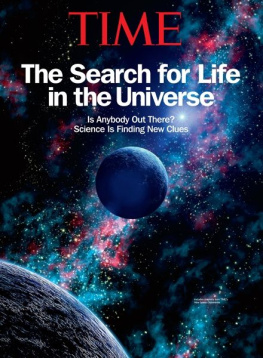It is May 1964. Two American physicists stand beside a scientific instrument the size of a truck. The device, shaped like a giant ear trumpet, tops a low hillside above the small township of Holmdel in New Jersey. Both men are in their mid-thirties. Arno Penzias, born to a Bavarian Jewish family who fled to the Bronx in 1939, is tall and bespectacled with receding hair. Robert Woodrow Wilson from Houston, Texas, also tall, is dark-bearded and bald. The pair met at a conference only two years earlier. Penzias endlessly talkative, Wilson shy and tentative, hit it off. They joined forces at the world-famous Bell Laboratories to work on a project to map the stars with microwaves. Both stare at the sky. Both are baffled.

FIGURE 1: Bell Telephone Laboratories horn antenna in Holmdel, New Jersey, with Arno Penzias and Robert Wilson.
Microwaves, radiation with wavelengths anywhere between a millimetre and a metre, had been discovered nearly a century earlier and became a hot topic when Second World War military scientists attempted to harness them for radar, and tried to make rayguns capable of shooting down enemy missiles. After the war, telecommunications companies took an interest after the physicist Robert H. Dicke, working at the world-famous Massachusetts Institute of Technology (MIT), designed an efficient receiver capable of detecting microwaves. With both emitter and detector technology available, a new means of wireless communication was on the cards.
In 1959, Bell Laboratories built the Holmdel horn antenna to detect microwaves bounced off satellites. However, interest waned and shifted to alternative wireless communication technologies so Bell took to lending out the antenna to scientists who could make good use of a giant microwave trumpet. Penzias and Wilson planned to map the sky. On 20 May 1964 they climbed into the control room, a kind of elevated garden shed connected to the rear end of the trumpet, and pointed the antenna at the sky. Yet, wherever they looked, even when they aimed the giant antenna at dark regions of the night sky with very few stars, they detected only a low background noise, a static or hiss. The two men were baffled.
Their first guess was that it was some kind of interference from a local source of microwaves. They checked out, and eliminated, New York City, nuclear tests, a nearby military facility and atmospheric disturbances. Crawling inside their antenna, they even discovered a pair of roosting pigeons and suspected that their droppings might be the culprit. They set traps and cleaned up their droppings but, when the birds kept returning, the scientists resorted to shooting them. Even after the avian cull, wherever they pointed their instrument in the dark night sky, it continued to hiss, uniformly, back at them.
Princeton University is about an hours drive from Holmdel. After the war, Robert Dicke had moved there to teach and lead a research group focused on particle physics, lasers and cosmology. His lab specialised in developing sensitive instruments to test cosmological predictions of Einsteins general theory of relativity. Cosmology was then being contested by two rival groups of theorists who vied to account for Edwin Hubbles astonishing discovery, several decades earlier, that the universe is expanding. One camp favoured the steady-state theory, which claimed that the universe had always been expanding, balanced by a continuous creation of new matter into its spaces. The rival theorists, a group that included Dicke, took the expansion at its face value and ran it backwards in time to propose that, about 14 billion years ago, the universe must have burst into existence in a cataclysmic explosion from a very tiny point.
The problem was that it wasnt easy to distinguish the rival theories as both made very similar predictions. Nevertheless, Dicke realised that an exploding universe should have left a kind of smoking cosmic gun as a uniform cloud of low energy microwave radiation. He recognised that the kind of radar detectors he had developed at MIT could be adapted to detect the cosmic energy cloud. The microwave radiation would however be very faint, far dimmer than any known radio or radar signal. Its detection would require a new generation of highly sensitive microwave detectors. Dicke and his Princeton group set out to build one.
Over the months and years, members of the group presented research talks describing their steady progress. A colleague of Penzias and Wilson attended one of these meetings and passed on news about the Princeton teams efforts to the pair. Could the horn antennas persistent microwave hiss be the signal that Dicke was looking for? Penzias decided to give Robert Dicke a call. It came through when Dicke was having a brown bag lunch meeting in his office at Princeton. His colleagues remember Dicke picking up the call and listening intently, occasionally repeating phrases such as horn antenna or excess noise and nodding. Finally, putting down the receiver, he turned to his group and said, Well, boys, weve been scooped. Dicke realised that Penzias and Wilson had discovered the Big Bang.
The next day, Dicke and his team drove to the Bell laboratories, to admire the horn antenna and take a closer look at the data. They returned convinced that Penzias and Wilson had indeed discovered the microwave remnant of the Big Bang. What most impressed both teams was the smoothness of the cosmic microwave background (CMB), as it was later called. It had, as far as they could tell, exactly the same intensity wherever they looked in the sky. Their discovery earned Penzias and Wilson the Nobel Prize in 1978. About a decade later, NASA launched their Cosmic Background Explorer (COBE) satellite to provide more precise measurements and discovered faint ripples, with variations in radiation intensity of less than one part in 100 thousand, in the CMB. That is a lot less than the variation in whiteness you would see in the cleanest, whitest sheet of paper that you have ever seen. A decade later, in 1998, the European Space Agency (ESA) launched their own microwave detector into space, the Planck Space Observatory, and confirmed both the faint ripples and the extraordinary uniformity of the CMB.








